Restaurant operators have experienced massive shifts in the industry as third-party aggregators have taken over delivery. Companies such as Grubhub, Uber Eats, DoorDash, and Postmates control over 95% of meal delivery orders in the U.S., according to the Second Measure. These services are difficult to avoid because they provide a convenient way to get on the map for local delivery. Another aspect of many of these services is that they connect restaurants to delivery drivers or riders, meaning that any restaurant can offer delivery without having their own delivery capabilities.
However, as restaurants grow frustrated at the high commissions and fees of third-party apps, they are tempted to find their own solutions in order to make profits on delivery sales. Even those who use these apps prefer that customers order directly over the phone or from the restaurant’s website.
While third-party platforms make it easier for restaurants to get discovered by new customers, they retain the valuable customer information they gain for themselves and weaken the restaurant’s ability to connect with customers. If the restaurant is able to record phone numbers, addresses, and payment information from orders, it provides a convenience factor for repeat customers while also letting restaurants market to them directly.
Transitioning to an Individual App
For these reasons, many large chain restaurants have built their own apps, and it is now easier than ever to set up a customized food ordering app for businesses of any size. This can make it simple for customers to order from a restaurant’s menu and check out. For orders placed for in-store or curbside pick-up, this is a clear advantage for restaurants over third-party apps, since it offers the same functionality for customers without any commission.
Many customers prefer home delivery, and it is important to provide the option if possible. When offering delivery orders, though, it leaves it for the restaurant to decide how to fulfil the delivery. Even with added delivery fees, the lack of commission significantly reduces the pressure on the seller to make up their costs, allowing them to offer better incentives for customers ordering directly.
Restaurants with sufficient volume of delivery orders may find it best to have one or more on-staff delivery personnel. Employees can be better-trained in handling packages and delivering food to customers’ satisfaction. They can also be more efficient since they can pick up multiple orders from the restaurant and deliver them in a single trip using the app’s mapping information.
In cases where the restaurant doesn’t wish to use devoted delivery workers, some restaurants have reported contracting a third-party delivery company. By sharing the app data for orders with employees of the company, they can fulfil orders just as easily. While this does require paying another company, it is not comparable to the expenses of paying percentage-based commissions on every order to third-party restaurant aggregation platforms. This method reduces the overhead of having a full-time delivery staff, especially at times when the rate of orders is too low to justify it.
Read laso:- Know the difference! Food Delivery apps vs. Food Aggregator apps
The Hybrid Approach
While many restaurants are not prepared to give up the revenue of third-party platforms, they are willing to embrace a ‘hybrid’ strategy where they accept these services to gain access to their sales traffic but offer their own services for direct orders. Fast-food chain Red Robin experimented with self-delivery on foot or bike in downtown Chicago, while also serving DoorDash orders, and other chains such as Outback Steakhouse, Carrabba’s Italian Grill, and Zoe’s Kitchen have adopted similar models. Over time, restaurants hope to transition to using their own apps while not missing out on sales now.
On the whole, restaurants can see that being locked into the ecosystem of a third-party app is not viable in the long term. While delivery can be a major investment, establishing the self-sufficiency of the business and maintaining profitability on each order is worth it. Restaurants should analyze their sales to determine what they can do to offer direct delivery in a manner that fits their business strategy.




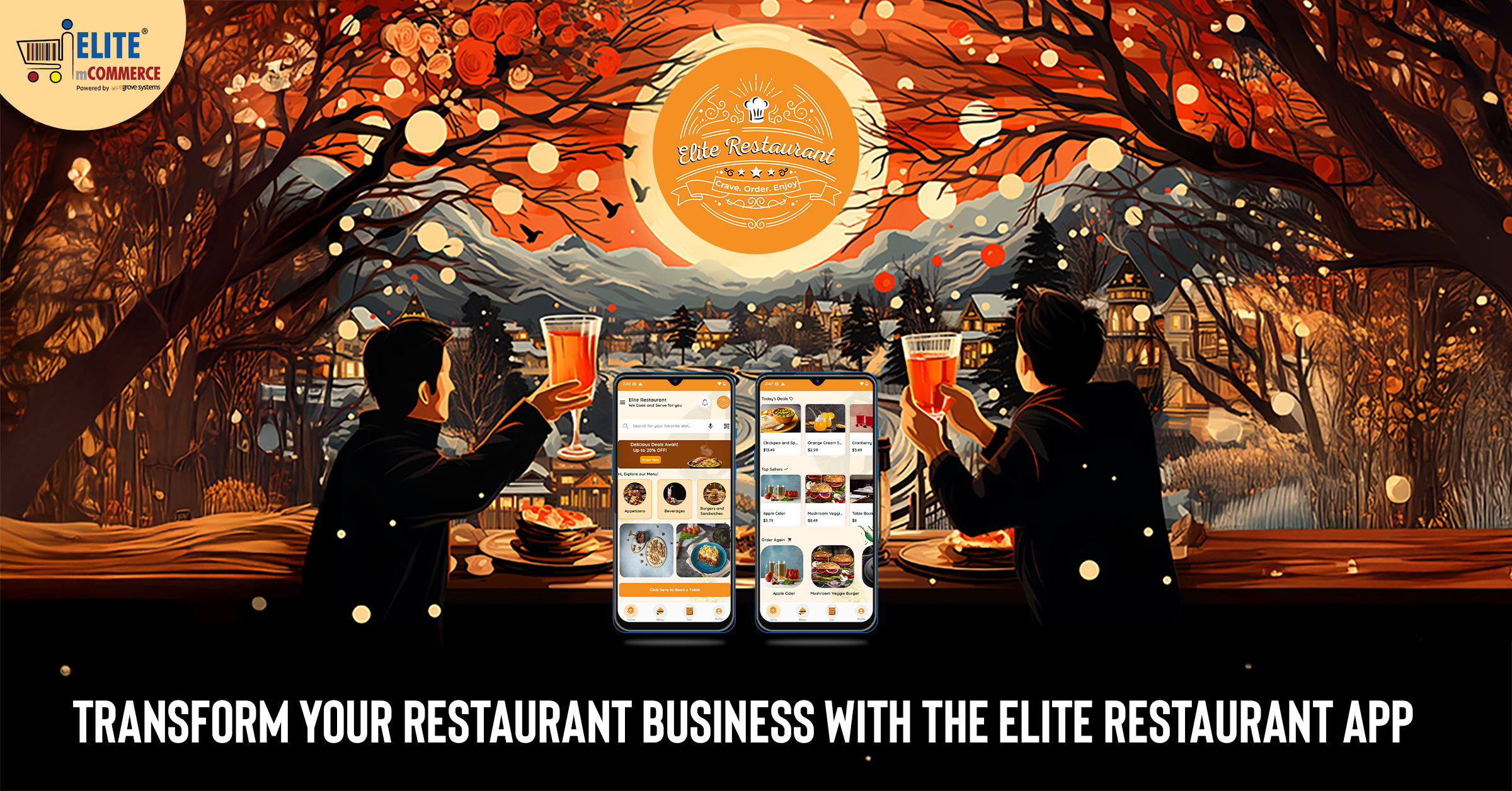
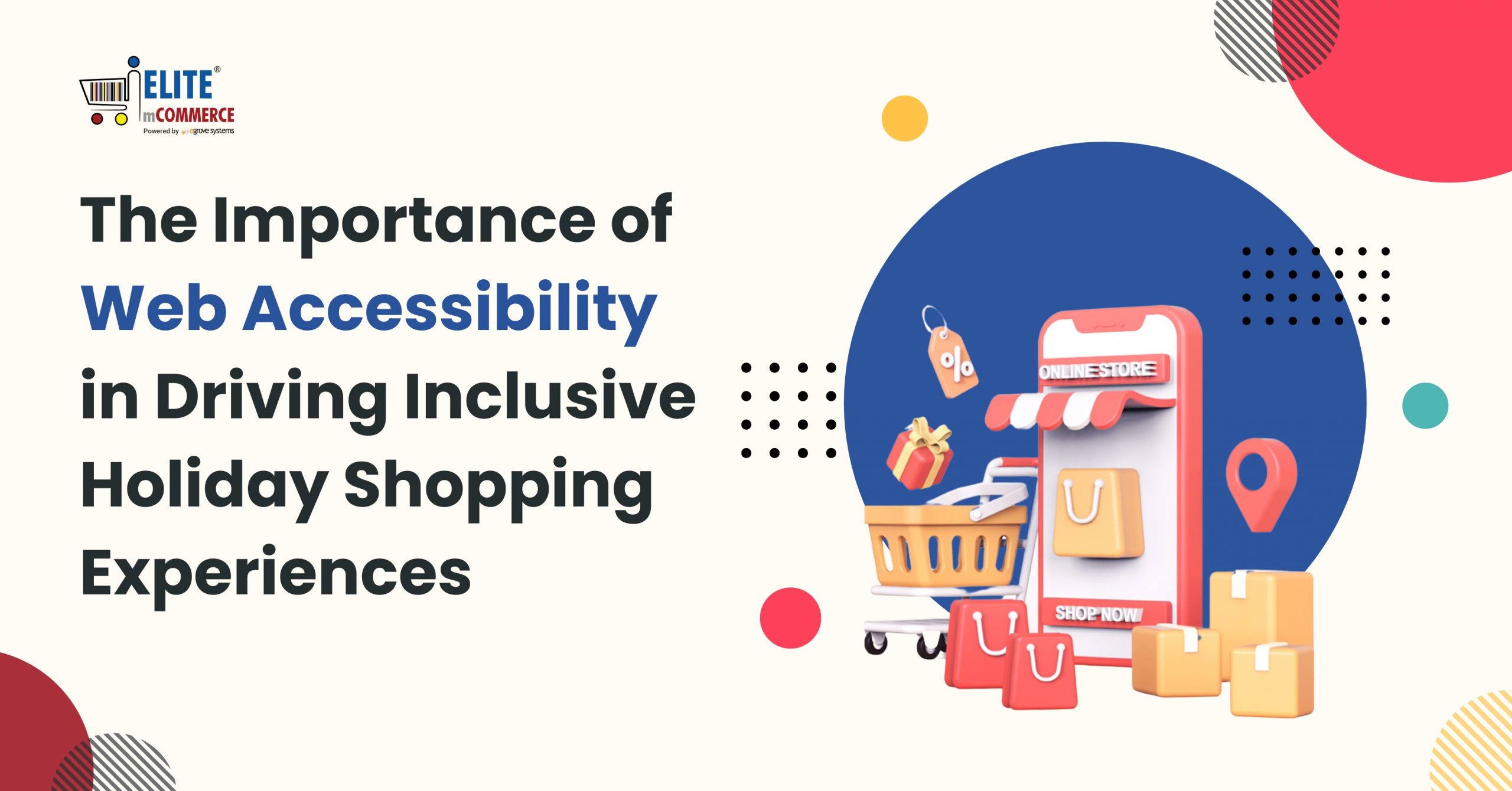
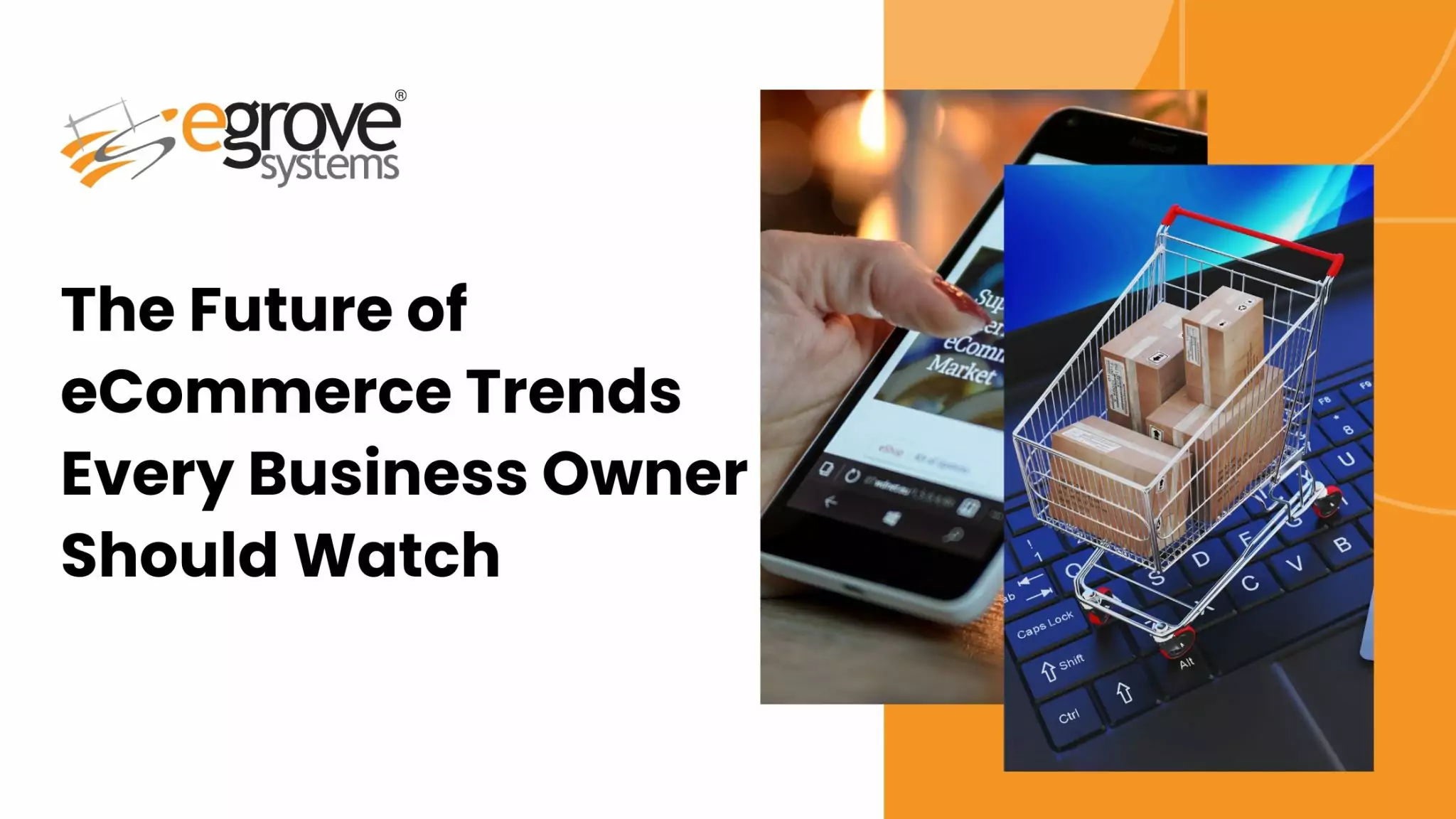
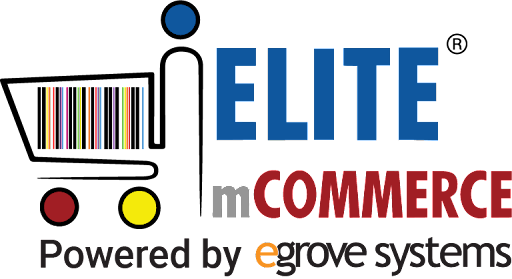
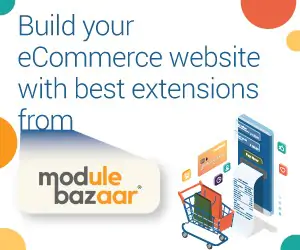
Add comment